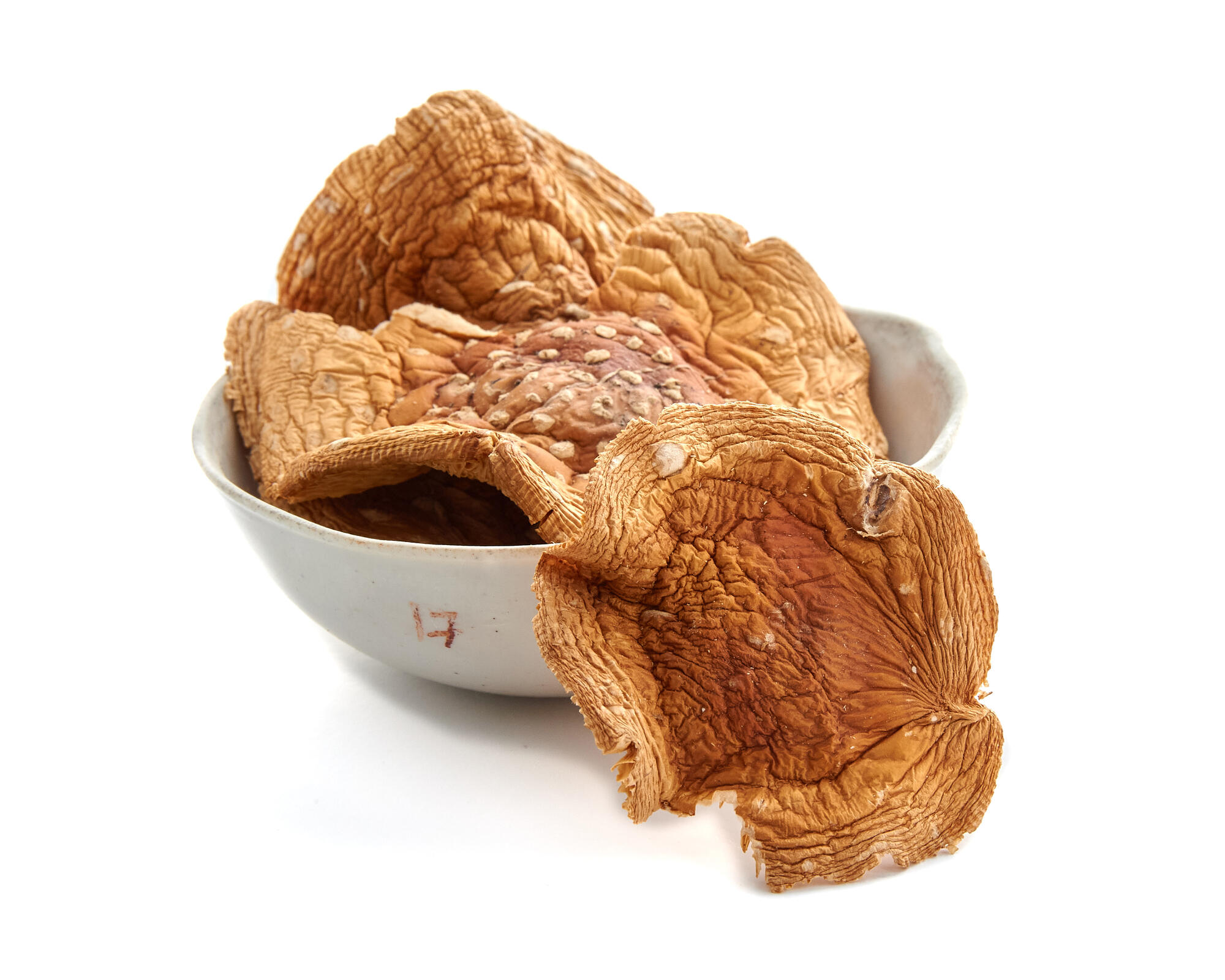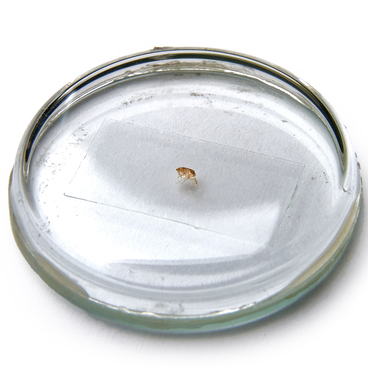Red fly agaric is a mildly poisonous mushroom, a relative of champignons. There are over 700 species of agaric mushroom genus, and about 30 of them can be found in Russia. Fly agarics grow in forests and plantings, in the conditions of midlands of the European part of Russia, they can be seen from the beginning of summer to the middle of autumn. The caps of young fly agarics have a single tegmen, which stretches and breaks during its growth, leaving white scales and shreds.
Red fly agaric is found on almost all continents. And in almost all languages, its name means the same thing — ‘killing insects’. With the help of a fly agaric, people killed flies. However, it was not the substances themselves in the mushroom that were fatal, but the state of intoxication into which the flies fell. The fly agaric was crumbled in a saucer with water or milk, so the alkaloids got into the liquid. After getting drunk, the fly fell asleep and drowned.
The fruiting body of the fly agaric contains toxic compounds that have a hallucinogenic effect — ibotenic acid, muscimol, muscazone, and bufotenin. The lethal dose of fly agaric for a person is 4 kilograms, about 20 caps.
Some types of fly agarics have been eaten since Antiquity and considered delicacies. Due to its hallucinogenic effect, the red fly agaric has become the object of mystical rituals. The peoples of Siberia, Lithuania, Finland, Afghanistan, India, and North America used fly agaric for its intoxicating effect during religious rituals. An infusion of fly agaric was considered a sacred drink by the ancient Germans. People began drinking a fresh batch of the new season on the day of the winter solstice. Therefore, for Germans, Swedes and Finns, fly agaric is a symbol of happiness and well-being. The image of this mushroom is often found on New Year’s cards. In Russia, storytellers ate several caps of fly agaric, so after they could sing old epics and heroic tales all night long.
Some types of fly agarics contain medicinal substances. Betaine was found in the red fly agaric, which can be used to improve liver function. The composition of Caesar’s mushroom includes important organic acids: ascorbic, citric, ketoglutaric, malic, amber, and fumaric, and it is even believed that the mushroom suppresses the growth of some harmful microorganisms. In folk medicine, fly agaric is used in the treatment of more than 200 diseases, even though there is not enough scientific research on its effectiveness. The mushroom is used for tuberculosis, joint diseases, as an immune-stimulating, antiparasitic and cold-relief medicine. Fly agaric is added to ointments, lotions, and roborant tinctures.



